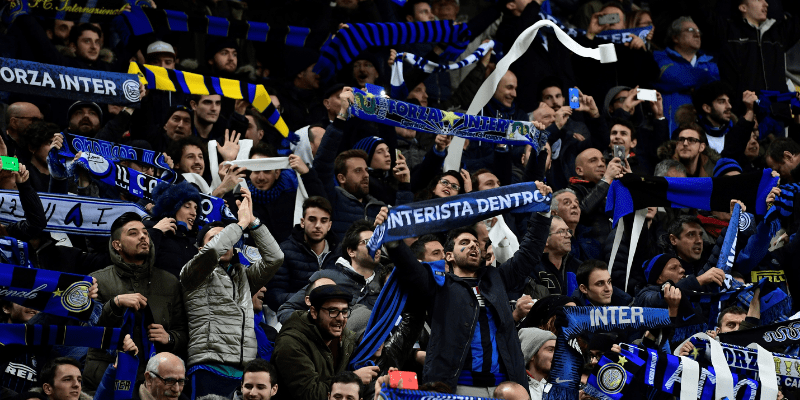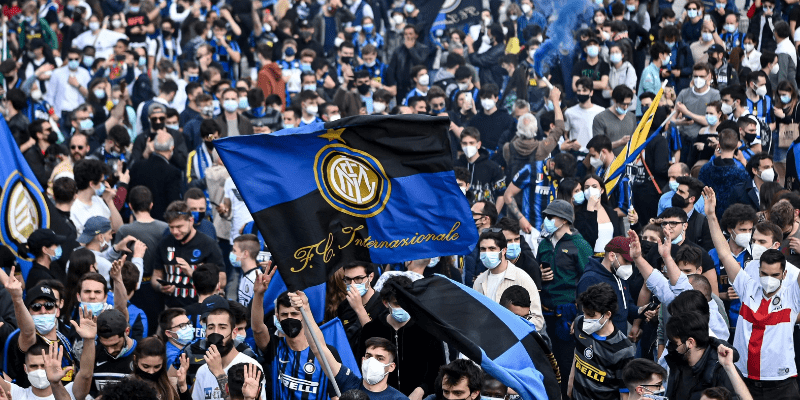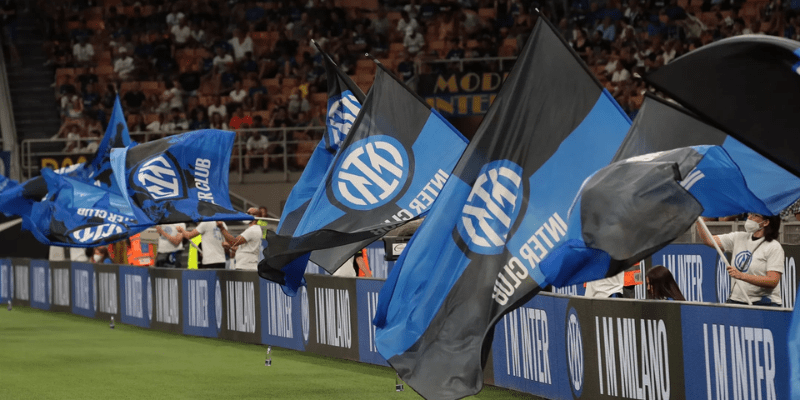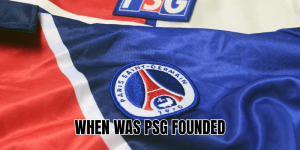The roar of blue-and-black fills the air — but why are Inter Milan fans called Nerazzurri tifosi? ZaneyStrike invites you behind the banner to unravel the roots of this iconic identity, diving into language, history, rivalries, and the soul of Inter’s supporters.
What “Nerazzurri” Means: The Colors Speak

The term Nerazzurri is a compound of two Italian words: neri (black) and azzurri (blues). It literally means “black and blues,” directly referencing Inter’s traditional jersey of black and blue vertical stripes. From the club’s founding in 1908 to the present day, those colors have defined the visual identity of Internazionale.
Inter is not alone in using color-based nicknames — in Italy, many clubs are known by their palette (e.g. Rossoneri for AC Milan). But for Inter, Nerazzurri became more than a description. It became a badge of pride, a shorthand for identity, and the rallying cry for millions of fans.
The nickname is so deeply tied to the club that even alternative monikers like La Beneamata (“the well beloved”) or Il Biscione (the big snake) often play second fiddle to Nerazzurri in media, chants, and everyday parlance.
What “Tifosi” Means: Fever, Passion, Identity
To call someone a tifoso (plural tifosi) is to invoke more than “fan” in Italian. The word carries the notion of fervor — stemming from the word tifo (typhus), it alludes to a feverish, almost obsessive loyalty. Over time, tifosi has become synonymous with die-hard supporters, those who live and breathe their club.
In football, tifosi are not casual attendees — they are part of the spectacle: they choreograph tifo displays, coordinate drums and banners in the curva, and channel collective energy into every match. Thus, Nerazzurri tifosi is not simply “black-and-blue fans,” but fans with a fervent identity anchored by tradition, emotion, and collective devotion.
The History Behind the Name: Social Roots and Rivalries
To fully understand why Inter fans embraced Nerazzurri tifosi, we must travel deeper into Milan’s social and footballing history.
Origins of Internazionale and Its Colors
In 1908, dissenting members of AC Milan who desired a more open, international club left to found Internazionale. They chose black and blue stripes as a clean slate — colors untouched by Milan’s red and black. Over time, those colors became emblematic, and “Nerazzurri” naturally followed.
Interestingly, another club — Atalanta from Bergamo — also adopted blue and black and is sometimes nicknamed Nerazzurri. Still, their histories diverged and their identities remain distinct.
Class Dynamics & The “Bauscia” Nickname
In mid-20th century Milan, social identity mattered in how fans were seen and labeled. Inter’s support was often associated with the bourgeoisie, while AC Milan drew more from working-class roots. Rival fans would taunt Inter supporters with the Milanese dialect insult baùscia — meaning “braggart” or “show off.”
In return, Inter fans sometimes called Milan supporters casciavìt (“screwdrivers”) to hint at manual labor. These nicknames became part of the derbies’ atmosphere, reinforcing class caricatures. Over decades, the sharpness of such labels faded as Milan evolved, but traces persist in fan lore.
###, “Nerazzurri” stuck and evolved. It was no longer just descriptive; it became a badge worn by generations of supporters. The transition from a local identity to a worldwide symbol of club loyalty shows how a nickname — grounded in colors and local context — can scale into something universal.
How Nerazzurri Tifosi Live the Identity

What does it mean — in daily life — to be Nerazzurri tifosi? It’s more than wearing a jersey. It’s behaving, believing, and breathing Inter on every level.
Curva Nord: The Heartbeat
In San Siro, the Curva Nord is synonymous with the most dedicated Nerazzurri tifosi. It is here that banners, chants, smoke bombs, and synchronized tifo displays originate. The stadium becomes a living mosaic, with the curva leading the emotional charge in every match.
Fan Clubs & Global Reach
Inter has long maintained a network of fan clubs across Italy and worldwide. The central coordinating body — Centro Coordinamento Inter Club (CCIC) — oversees official Inter fan chapters, coordinating away trips, social events, and communications. As of 2024, Inter counts over 200,000 members worldwide in more than 1,000 clubs.
Local communities send stories — their own Nerazzurri tifosi — back to Milan, forging emotional bridges across continents.
Generations, Rituals, Identity
For many families, being Nerazzurri tifosi is hereditary. Fathers bring sons, grandmothers knit scarves, birthdays favor black-blue cakes — rituals that root new generations in the ethos. Every derby, every European match, every heartbreak is absorbed collectively. The joy, the pain, the hope — all under those colors.
Why the Phrase “Nerazzurri Tifosi” Matters for Fans
Why use Nerazzurri tifosi specifically, instead of just Inter fans? Several reasons:
- Emotional resonance: Tifosi evokes passion and commitment — it’s not casual support.
- Cultural authenticity: The phrase roots the supporter in Italian football culture and tradition.
- Identity clarity: Combined, the phrase binds the fan to club colors and the fan community.
- SEO power: It’s a phrase unique enough to carry niche value, yet recognizable by fans searching about Inter’s identity.
For websites or articles aiming to reach diehard supporters, “why are Inter Milan fans called Nerazzurri tifosi” works as a precise and evocative search term.
The Legacy of Nerazzurri Tifosi in Modern Football

Once purely local and tied to Milanese context, Nerazzurri tifosi now echoes around the world. Social media campaigns, merchandise with slogans like Forza Nerazzurri, and streaming fan culture all amplify the phrase beyond Italy. When an English-speaking fan in Asia chants “Nerazzurri,” they carry Milan’s past and future in a single word.
On matchdays, the phrase becomes self-fulfilling: fans call themselves Nerazzurri tifosi, they live and breathe it, and newcomers hear it echoing through stadiums and digital spaces. That loop — identity affirming behavior — keeps the term alive.
Final Thoughts
Why are Inter Milan fans called Nerazzurri tifosi? Because they are fans of the black and blue, and they wear their passion like a fevered banner. The term fuses color, history, and devotion. It binds class roots, rivalries, fan rituals, and global identity into one powerful phrase.
ZaneyStrike hopes this deep dive has illuminated not just the linguistic origin, but the life behind Nerazzurri tifosi — the soul, the heartbeat, the banner. If you enjoyed this, dive into our articles on Inter’s ultras, derby lore, or top 10 moments in Nerazzurri history. Return anytime — more stories await.






